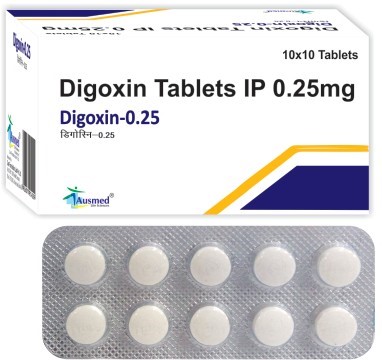A nurse is caring for a client who has metabolic alkalosis. For which of the following clinical manifestations should the nurse monitor? (Select all that apply.).
Lethargy.
Kussmaul's respirations.
Circumoral paresthesia.
Bicarbonate excess.
Flushing
Correct Answer : A,C,D
The correct answer is choice A, C, and D.
Choice A rationale:
Lethargy is a common symptom of metabolic alkalosis due to the body’s attempt to compensate for the altered pH balance, leading to decreased energy levels and fatigue.
Choice B rationale:
Kussmaul’s respirations are typically associated with metabolic acidosis, not alkalosis. These deep, labored breaths are the body’s way of trying to expel excess carbon dioxide to correct acidosis.
Choice C rationale:
Circumoral paresthesia, or tingling around the mouth, is a symptom of metabolic alkalosis. This occurs due to changes in calcium ion concentration affecting nerve function.
Choice D rationale:
Bicarbonate excess is a direct cause of metabolic alkalosis. Elevated bicarbonate levels in the blood lead to an increased pH, resulting in alkalosis.
Choice E rationale:
Flushing is not a typical symptom of metabolic alkalosis. It is more commonly associated with conditions that cause vasodilation or increased blood flow to the skin.
Nursing Test Bank
Naxlex Comprehensive Predictor Exams
Related Questions
Correct Answer is A
Explanation
The correct answer is choice A: Encourage the patient to breathe in and out slowly into a paper bag.
Choice A rationale:The patient’s arterial blood gas (ABG) results indicate respiratory alkalosis, as evidenced by the elevated pH (7.48) and decreased PaCO2 (25 mm Hg). Respiratory alkalosis often results from hyperventilation, which can occur due to anxiety. Breathing into a paper bag helps to increase CO2 levels in the blood, thereby correcting the alkalosis.
Choice B rationale:Administering oxygen is not appropriate in this scenario because the patient’s PaO2 is already elevated (110 mm Hg), indicating that oxygenation is not the issue. Providing additional oxygen would not address the underlying problem of hyperventilation and respiratory alkalosis.
Choice C rationale:Intravenous sodium bicarbonate is used to treat metabolic acidosis, not respiratory alkalosis. In this case, the patient’s HCO3 is within the normal range (24 mEq/L), indicating that there is no metabolic acidosis present.
Choice D rationale:Starting an intravenous fluid bolus with isotonic fluids is not indicated for correcting respiratory alkalosis. This intervention is more appropriate for patients experiencing hypovolemia or dehydration, which is not suggested by the patient’s ABG results.
Correct Answer is D
Explanation
Digoxin. Choice A rationale:
Potassium chloride (KCL) is a supplement used to treat or prevent low potassium levels. While it can have side effects, visual disturbances are not typically associated with KCL. Therefore, it is not the medication the nurse suspects to be causing the problem.
Choice B rationale:
Warfarin (Coumadin) is an anticoagulant used to prevent blood clot formation. Visual disturbances are not a known side effect of warfarin. Therefore, it is unlikely to be the cause of the patient's symptoms.
Choice C rationale:
Aspirin (ASA) is a pain reliever and antiplatelet medication, and while it can cause visual disturbances in some cases, it is not a common or significant side effect. Aspirin is also not specifically linked to atrial fibrillation.
Choice D rationale:

Digoxin (Lanoxin) is used to treat atrial fibrillation and heart failure. Visual disturbances are a known side effect of digoxin toxicity. Given the patient's diagnosis of atrial fibrillation and the reported symptoms, the nurse suspects the problem lies with digoxin and should further investigate and report to the provider.
Whether you are a student looking to ace your exams or a practicing nurse seeking to enhance your expertise , our nursing education contents will empower you with the confidence and competence to make a difference in the lives of patients and become a respected leader in the healthcare field.
Visit Naxlex, invest in your future and unlock endless possibilities with our unparalleled nursing education contents today
Report Wrong Answer on the Current Question
Do you disagree with the answer? If yes, what is your expected answer? Explain.
Kindly be descriptive with the issue you are facing.
